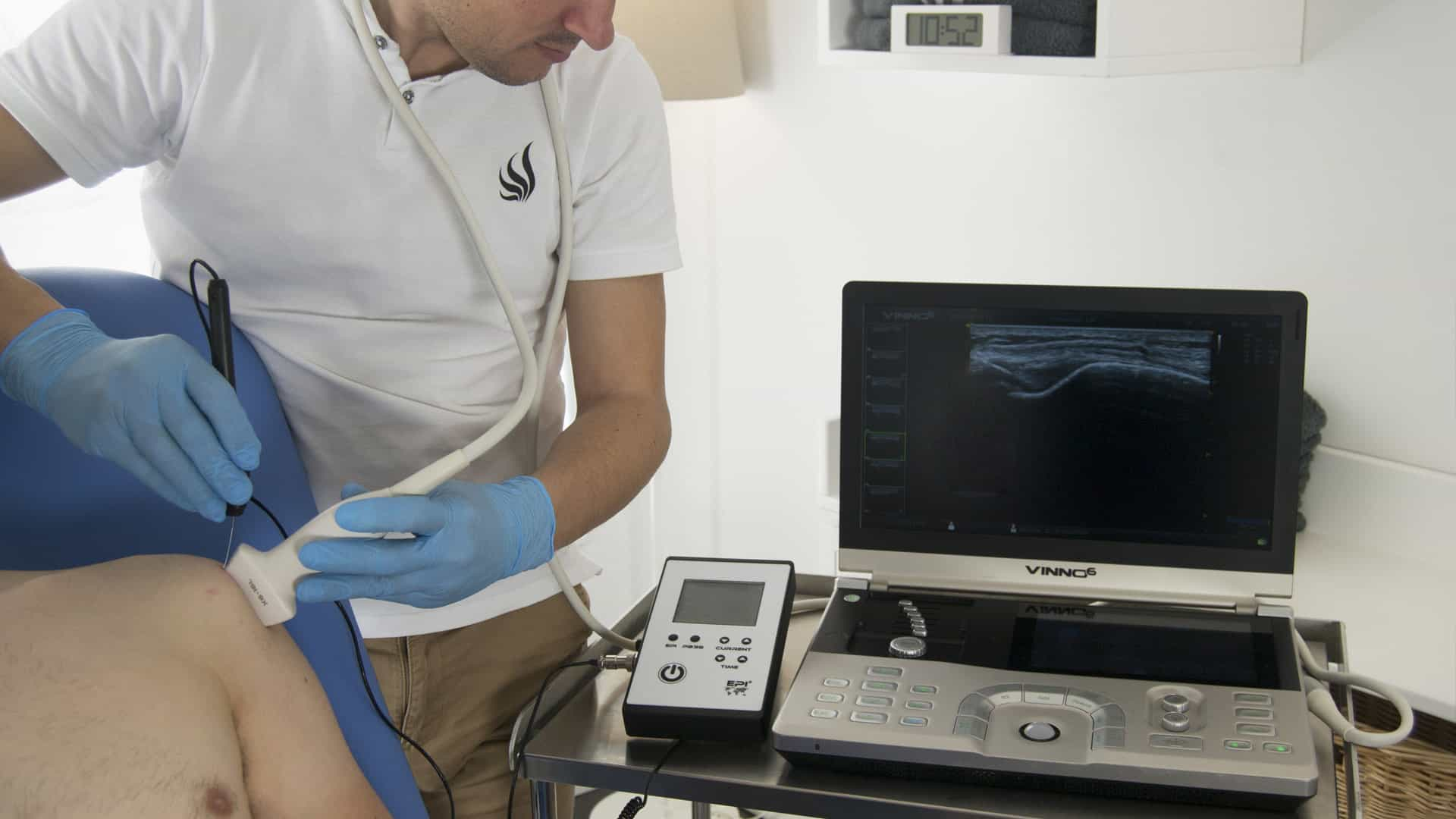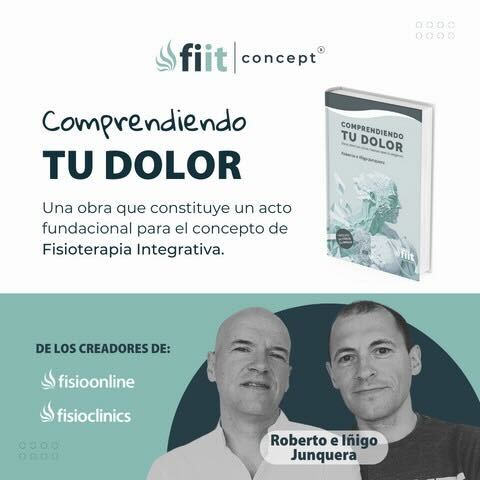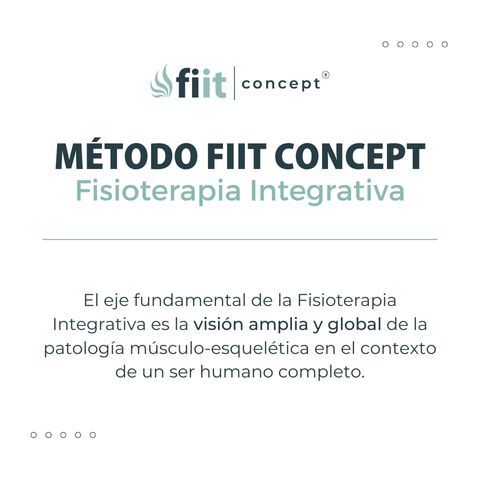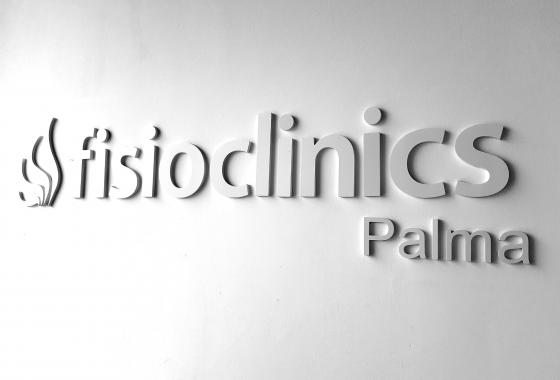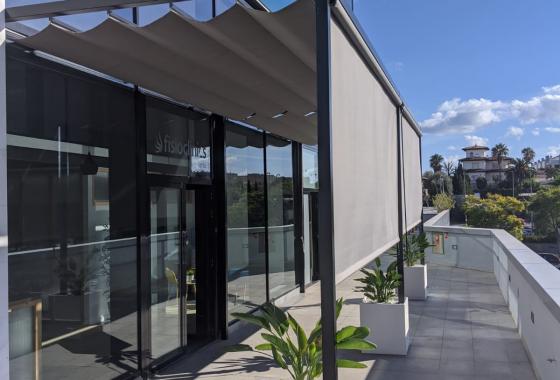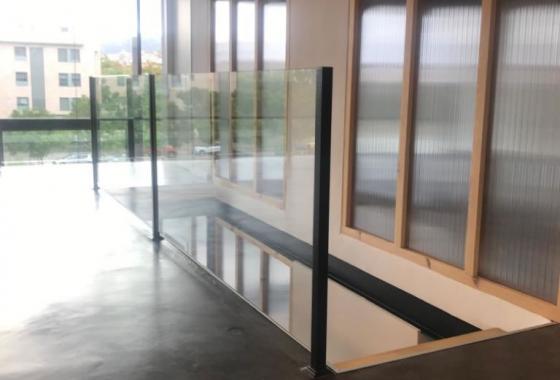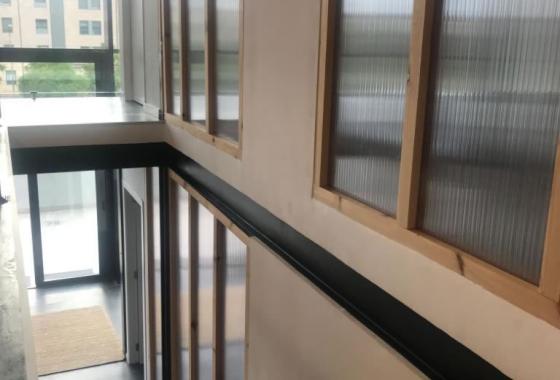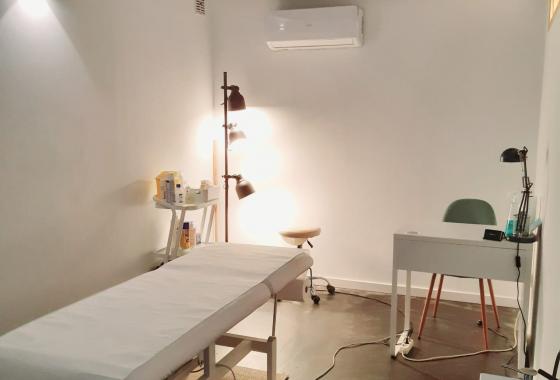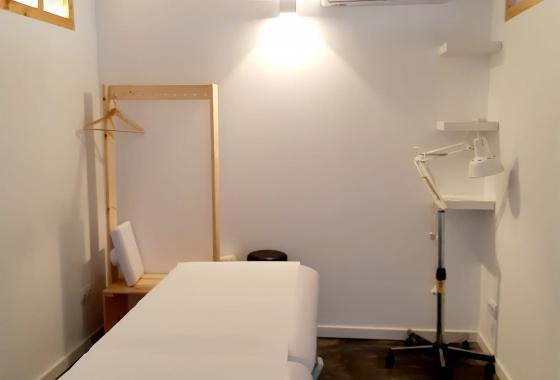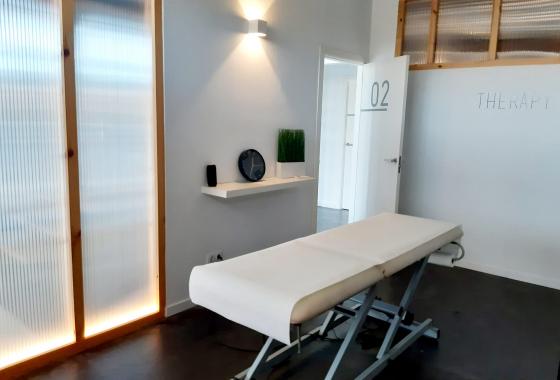At FisioClinics Palma we have innovative technological techniques so that you have an effective recovery in the shortest possible time. Of the techniques we use in our clinic, we highlight Intratissue percutaneous electrolysis (EPI), a semi-invasive technique that allows modifying the metabolism of injured tendon tissues, accelerating cellular regeneration processes that allow their functional recovery in a short time.
What is ultrasound-guided EPI® and what are its benefits?
Intratissue percutaneous electrolysis (known by its acronym EPI) is a physiotherapeutic technique that involves the ultrasound-guided insertion of a needle specially designed for insertion through the skin, this needle transmits a galvanic current that generates an electrochemical ionic reaction that destroys degenerated tissue (electrolysis) and originates a controlled inflammatory process in a specific area, leading in turn to the promotion of processes at the cellular level of phagocytes and regeneration in the injured tissue (ligaments, tendons, muscles). As a result of this controlled electrolysis through musculoskeletal ultrasound, the following benefits are achieved:
- Reduces unnecessary or pathological inflammatory processes.
- A fast analgesic effect that lasts over time.
- Increased proliferation of the cells that make up the tendon tissue.
- It modifies the electrical healing potentials in the degenerated tissue, achieving an accelerated repair of the injury.
- Reduces the risk of relapses once the injury is recovered.
An indirect benefit of this therapeutic technique is that when applied in an ultrasound-guided manner, the specialist can perform a good analysis of the affected structure, as well as can control the evolution of the treatment more effectively.
How do we apply EPI® at FisioClinics Palma?
In our FisioClinics Palma clinic, we use Intratissue percutaneous electrolysis as a complementary therapeutic technique in the treatment of various musculoskeletal conditions such as:
- Chronic tendonitis or tendinopathies (jumper's knee, pes anserinus (PA), Achilles tendonitis, pubalgia, tennis elbow, rotator cuff tendonitis, plantar fasciitis, chronic ankle sprain, among others).
- Muscle injuries (stone-throwing syndrome, myofascial pain syndrome, low back pain, tibial periostitis, postsurgical fibrosis, among others).
The correct approach to these musculoskeletal injuries is possible through an initial assessment carried out by one of our physiotherapists certified in Intratissue percutaneous electrolysis (EPI), who will inspect the state of the tissues by means of musculoskeletal ultrasound. Once the degenerated tissue segment has been established, the physiotherapist disinfects the skin segment where he will work and then proceeds to puncture the injured tissue with the EPI device, of course under ultrasound visualization. The intensity and frequency of the administered current will depend on the characteristics and individual needs of the patient; they may be modified during the treatment for the benefit of the patient.
Once Intratissue percutaneous electrolysis (EPI) has been applied, the physiotherapist will propose other therapeutic options that will complement and improve the effects obtained with the device, such as: myofascial relaxation, cryotherapy, thermotherapy, therapeutic exercise, stretching, among others ...
Avoid going through a more invasive procedure such as surgery and choose a minimally invasive and highly effective technique such as Intratissue percutaneous electrolysis (EPI) that we have at FisioClinics Palma. Make your appointment now! And start your recovery process as soon as possible.
 Physiotheraphy
Physiotheraphy Osteopathy
Osteopathy Massage
Massage Lymphatic
Lymphatic Group classes
Group classes Home
Home Baby
Baby